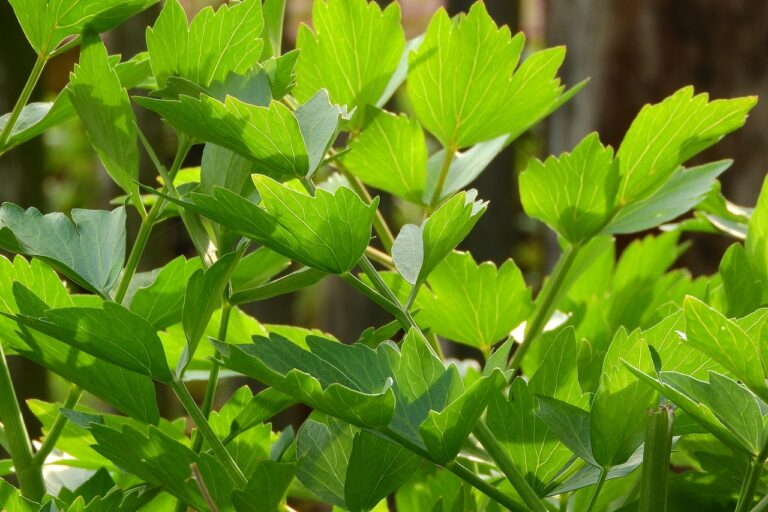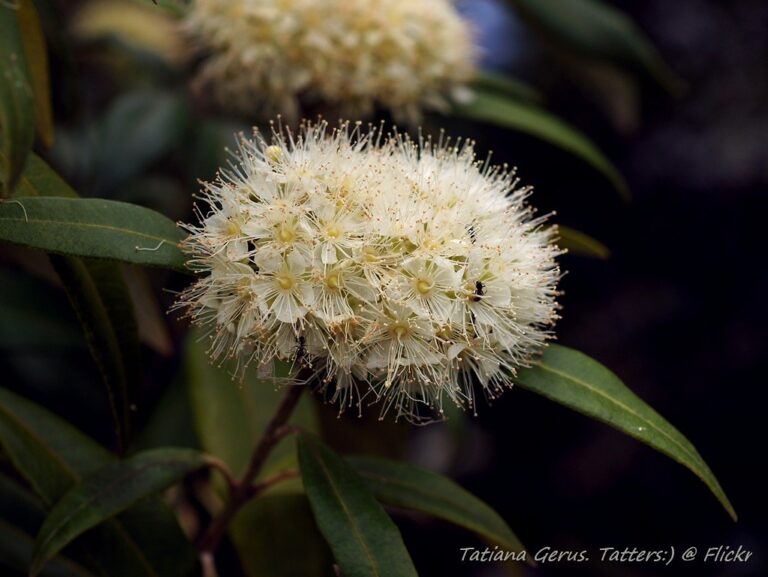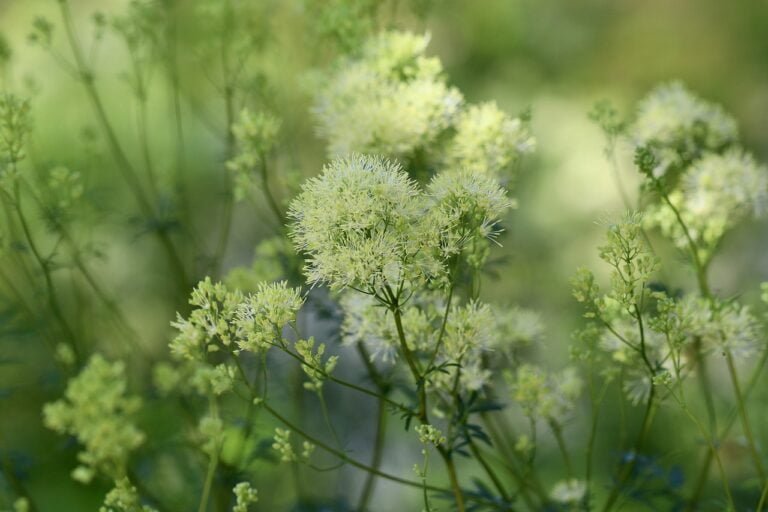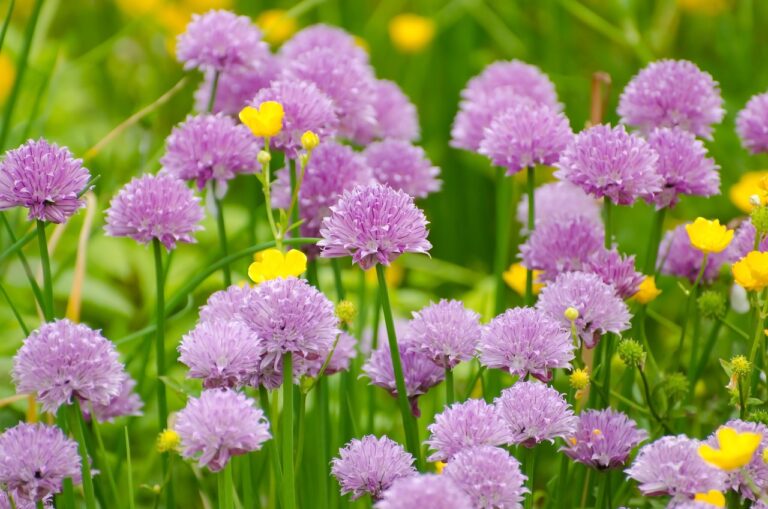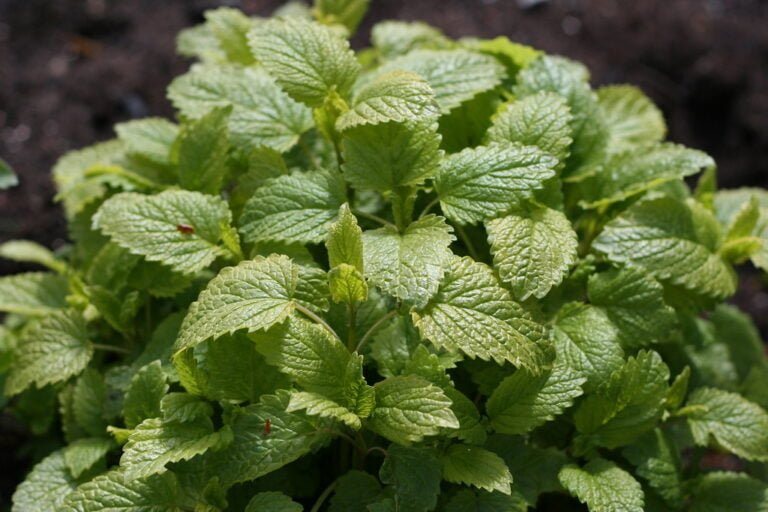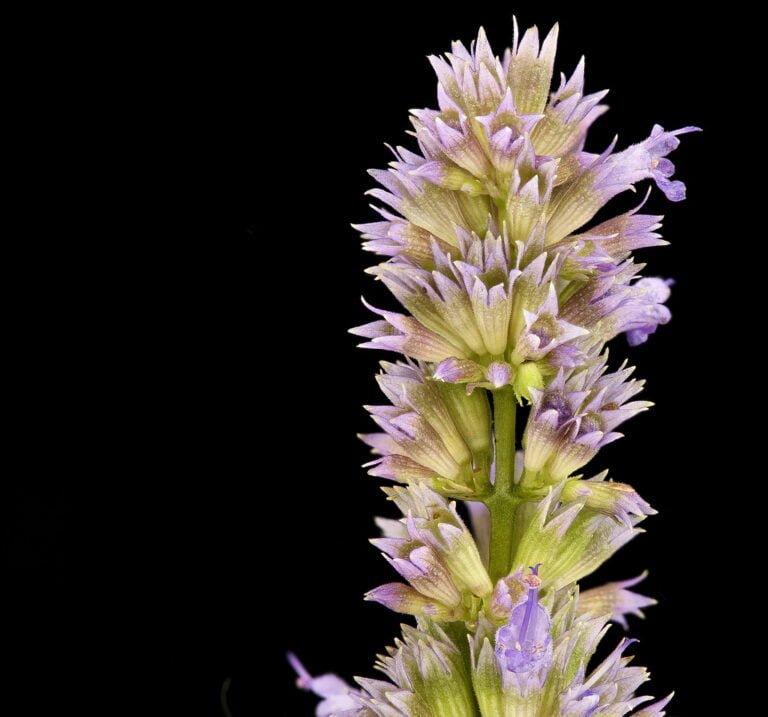Shiso
You love adding unique flavors to your dishes, and shiso is the perfect herb for that. Its vibrant leaves and distinctive taste will elevate your culinary creations to the next level. Whether you're making sushi, salads, or even cocktails, shiso will bring a burst of freshness and complexity to every bite. Not only that, but this versatile herb also has medicinal properties that can support your well-being. Get ready to impress your taste buds and enhance your health with shiso.
Botanical Information
To understand the botanical information about shiso, examine its characteristics and classification. Shiso, also known as Perilla, belongs to the mint family and has several varieties. The most common ones are green shiso (Ao-jiso) and red shiso (Aka-jiso). Green shiso has a fresh, grassy flavor with hints of mint and basil, while red shiso has a stronger, more pungent taste with a hint of cinnamon. Both varieties are popular in Japanese cuisine, used as a garnish, in salads, and to wrap sushi. Shiso is not only valued for its culinary uses but also for its medicinal properties. In traditional medicine practices, it is believed to have anti-inflammatory and antioxidant effects, as well as help with digestion and respiratory issues.
Key Characteristics
Shiso's key characteristics include its distinctive aroma and serrated leaves. When you encounter shiso, you'll immediately notice its unique fragrance, a blend of mint, basil, and anise. The serrated leaves are vibrant and textured, adding visual appeal to any dish. Shiso's versatility makes it a popular ingredient in various culinary recipes. From salads to sushi, shiso adds a refreshing and slightly spicy flavor that complements other ingredients. Not only does shiso enhance the taste of your dishes, but it also offers several nutritional benefits. Rich in vitamins A, C, and K, as well as minerals like calcium and iron, shiso contributes to a well-balanced diet. Its antioxidant properties help protect against inflammation and oxidative stress. So, whether you're looking to elevate your recipes or boost your health, shiso is an excellent choice.
Culinary Uses
When preparing meals, you can incorporate shiso in various ways to enhance the flavors and create a unique culinary experience. Shiso, with its distinct taste, adds complexity and depth to a wide range of dishes. Its flavor profiles can be described as a combination of mint, basil, and cumin, with a hint of citrus. In Japanese cuisine, shiso is commonly used as a garnish for sushi and sashimi, providing a refreshing and aromatic touch. It is also used in pickled form, adding a tangy and slightly sweet flavor to dishes. In addition to Japanese culinary traditions, shiso is often used in Korean and Southeast Asian cuisines, where its vibrant green leaves are used in salads, wraps, and stir-fries. Incorporating shiso into your cooking will elevate your dishes and introduce your guests to the unique flavors of this versatile herb.
Medicinal Properties
You can benefit from the medicinal properties of shiso by incorporating it into your diet. Research studies have shown that shiso contains several compounds with potential health benefits. One of these compounds is rosmarinic acid, which has been found to possess antioxidant and anti-inflammatory properties. These properties may help reduce the risk of chronic diseases such as heart disease and cancer. Shiso also contains essential oils, such as perilla alcohol, which has been used in traditional remedies for its antiviral and antibacterial properties. Additionally, shiso leaves have been used in traditional medicine to treat digestive issues and allergies. By adding shiso to your meals, you can enjoy not only its unique taste but also its potential medicinal benefits.
Cultivation and Growing Conditions
To successfully cultivate and grow shiso, you will need to provide specific growing conditions. Shiso plants thrive in well-drained soil with good fertility. Before planting, ensure that the soil is rich in organic matter and has a pH level between 6.0 and 7.5. Regularly test the soil to monitor its fertility and make necessary adjustments. Disease prevention is crucial for the health of shiso plants. To minimize the risk of diseases, it is important to practice crop rotation and avoid planting shiso in the same area consecutively. Additionally, maintain good sanitation by removing any diseased or infected plants promptly. Proper spacing between plants will also help reduce the spread of diseases. By providing the right growing conditions and implementing disease prevention measures, you can cultivate healthy and vibrant shiso plants.
Propagation
To propagate shiso, start by collecting seeds from mature plants. Shiso seeds are small and brown, and they can be harvested when the seed pods turn dry and brittle. Gently crush the pods to release the seeds, being careful not to damage them. Next, prepare a seed tray or pots with well-draining soil. Scatter the shiso seeds on the surface of the soil and lightly press them into the soil to ensure good seed-to-soil contact. Water the seeds gently, being careful not to wash them away. Place the tray or pots in a warm, sunny location, and keep the soil consistently moist. With proper care and the right conditions, the seeds will germinate within 7 to 14 days.
Planting and Care
After propagating shiso from seeds, it is important to provide proper planting and care for the young plants. When planting shiso, choose a spot that receives full sun or partial shade. Shiso thrives in well-draining soil with a pH level of 6.5 to 7.5. Ensure the soil is rich in organic matter by adding compost or well-rotted manure. Before planting, loosen the soil and remove any weeds or debris. Dig a hole slightly larger than the root ball and gently place the young shiso plant into it. Backfill the hole with soil, firming it gently around the plant. Water the plant thoroughly after planting and continue to water regularly, keeping the soil moist but not waterlogged. Avoid overhead watering to prevent leaf diseases. By providing the right soil conditions and proper watering techniques, you can ensure the healthy growth of your shiso plants.
Harvesting
Once your shiso plants have reached maturity, it's time for you to start harvesting the flavorful leaves. Harvesting shiso is a simple process that requires only a few techniques. Begin by selecting the leaves that are fully grown and vibrant in color. Gently pinch the stem close to the base of the plant and give it a slight twist to remove the leaf. Avoid tearing the leaves to preserve their integrity and flavor. For larger harvests, you can use a pair of sharp scissors or pruning shears to cut the stems just above a set of healthy leaves. To preserve the leaves, you can dry them in a well-ventilated area, or freeze them in airtight bags for later use. By using these harvesting and preserving techniques, you can enjoy the delightful taste of shiso in your dishes for a long time.
Companion Planting
When planning your shiso garden, consider the benefits of companion planting to maximize the health and productivity of your plants. Companion planting is a sustainable gardening technique that involves planting different plants together, taking advantage of their symbiotic relationships. By choosing the right companion plants, you can create a harmonious environment that maximizes crop yield and minimizes pests. For example, planting marigolds alongside your shiso can help deter harmful insects with their strong scent, reducing the need for chemical pesticides. Additionally, interplanting shiso with taller plants, like tomatoes or peppers, can provide shade and shelter, while the shiso acts as a natural ground cover, preventing weed growth. The combination of these companion plants creates a balanced ecosystem, promoting the overall health and success of your shiso garden.
Pests and Diseases
To ensure the health and productivity of your shiso plants, it is important to address the potential issues of pests and diseases in your garden. Common pests that can affect shiso include aphids, slugs, and whiteflies. These tiny invaders can cause damage to the leaves and stems, hindering the growth of your plants. However, there are effective treatments available to combat these pests. One option is to use organic insecticidal soap, which can be sprayed directly on the affected areas. Another method is to introduce beneficial insects, such as ladybugs or lacewings, which naturally prey on these pests. Regularly inspecting your plants and taking prompt action will help keep your shiso plants healthy and thriving.
Cultural Significance
To fully appreciate the cultural significance of shiso, you can explore its role in traditional Japanese cuisine and rituals. Shiso, also known as perilla, holds a special place in Japanese cultural traditions. Its vibrant green leaves are not only used as a flavoring agent in various dishes, but they also have a symbolic value. In Japanese cuisine, shiso leaves are often used as a garnish, adding a refreshing aroma and a touch of color to the plate. Additionally, shiso is used in rituals and ceremonies, symbolizing purity, protection, and good fortune. Its historical significance can be traced back to ancient times when it was believed to have medicinal properties. Today, shiso continues to be an integral part of Japanese culture, cherished for its unique flavor and cultural significance.
Frequently Asked Questions
Can Shiso Be Grown Indoors?
Yes, you can grow shiso indoors. Growing shiso in hydroponics has several benefits, such as providing a controlled environment and allowing year-round cultivation. It's a great way to enjoy fresh shiso anytime.
How Long Does It Take for Shiso Seeds to Germinate?
Shiso seeds usually take around 7-14 days to germinate. Once they sprout, you'll have a versatile herb that adds a unique flavor to your culinary dishes. Its vibrant green color is sure to impress!
Can Shiso Be Dried and Used as a Tea?
Yes, shiso can be dried and used as a tea. It has numerous health benefits, such as aiding digestion, reducing inflammation, and boosting the immune system. There are different ways to prepare shiso tea, including steeping the dried leaves in hot water or using a tea infuser.
Is Shiso Safe for Consumption by Pets?
Shiso is safe for consumption by pets. It is important to note that shiso is safe for dogs and cats. Make sure to serve it in appropriate amounts to avoid any digestive issues.
Can Shiso Be Used as a Natural Dye for Fabrics?
Yes, shiso can be used as a natural dye for fabrics. Its vibrant colors can create beautiful and unique designs. Additionally, shiso's medicinal properties make it a versatile and beneficial choice for fabric dyeing.
Conclusion
In conclusion, shiso is a versatile herb that offers both culinary and medicinal benefits. Its distinct flavor and vibrant color make it a popular choice in various dishes, while its medicinal properties are believed to aid digestion and reduce inflammation. Cultivating shiso requires attention to growing conditions and proper harvesting techniques. Additionally, its ability to repel certain pests and attract beneficial insects makes it a valuable companion plant. Overall, shiso holds cultural significance and is a valuable addition to any garden or kitchen.

